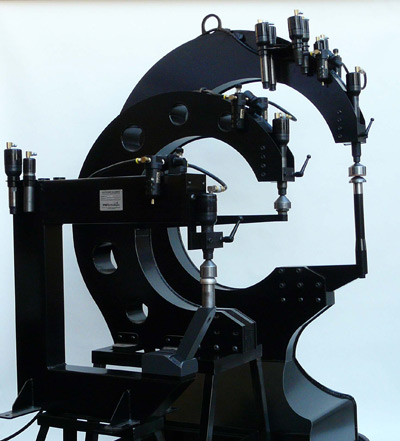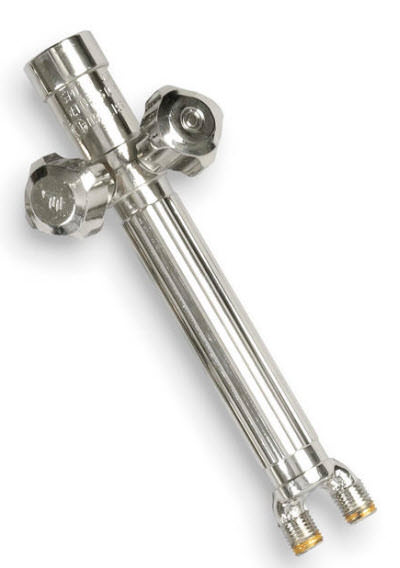Lizer
Mad Scientist
So I've been working on full restoration of grandpa's 1970 F250 for my uncle. He's paying materials, I'm providing a labor of love. But I'm getting pretty tired of it. It's been a complete frame off.
So I replaced a combine-inflicted injury in the lower fourth of the door skin with a lower skin patch, it's about 8" high or so, maybe 16" long, curls around the back edge and bottom edge and butt welds where it mates up to the existing skin on two sides.
There is no structural reinforcement in the door shell for the skin whatsoever, it's just the crown of the skin that holds it in place. Owing to that, it warped horribly when I tried to weld it. I completely cut the weld back open. Stitched it again, spacing the welds out, giving them literally minutes to cool, it still warped badly. Now the metal of the door skin above the seam is badly oil canned but it's just a huge ripple in the middle of the weld. So I ground the proud weld down both inside and outside and get it as thin as I could and then tried to stretch with hammer on dolly to relax the surrounding metal. But that's not doing much.
The only way I'm going to get this relaxed again is to cut the seam back open. I am not sure why I didn't just use panel adhesive and flange the mating edges of the panels.
So here's the hack: can I cut the weld back open in the middle of the door, and adhere some sheet metal to the backside of the open seam (inside the door) like a backing plate with panel adhesive to bond the two, fill the open seam on the outside of the skin with panel adhesive, and then continue on as normal?
So I replaced a combine-inflicted injury in the lower fourth of the door skin with a lower skin patch, it's about 8" high or so, maybe 16" long, curls around the back edge and bottom edge and butt welds where it mates up to the existing skin on two sides.
There is no structural reinforcement in the door shell for the skin whatsoever, it's just the crown of the skin that holds it in place. Owing to that, it warped horribly when I tried to weld it. I completely cut the weld back open. Stitched it again, spacing the welds out, giving them literally minutes to cool, it still warped badly. Now the metal of the door skin above the seam is badly oil canned but it's just a huge ripple in the middle of the weld. So I ground the proud weld down both inside and outside and get it as thin as I could and then tried to stretch with hammer on dolly to relax the surrounding metal. But that's not doing much.
The only way I'm going to get this relaxed again is to cut the seam back open. I am not sure why I didn't just use panel adhesive and flange the mating edges of the panels.
So here's the hack: can I cut the weld back open in the middle of the door, and adhere some sheet metal to the backside of the open seam (inside the door) like a backing plate with panel adhesive to bond the two, fill the open seam on the outside of the skin with panel adhesive, and then continue on as normal?


